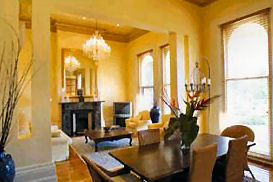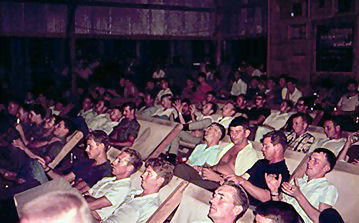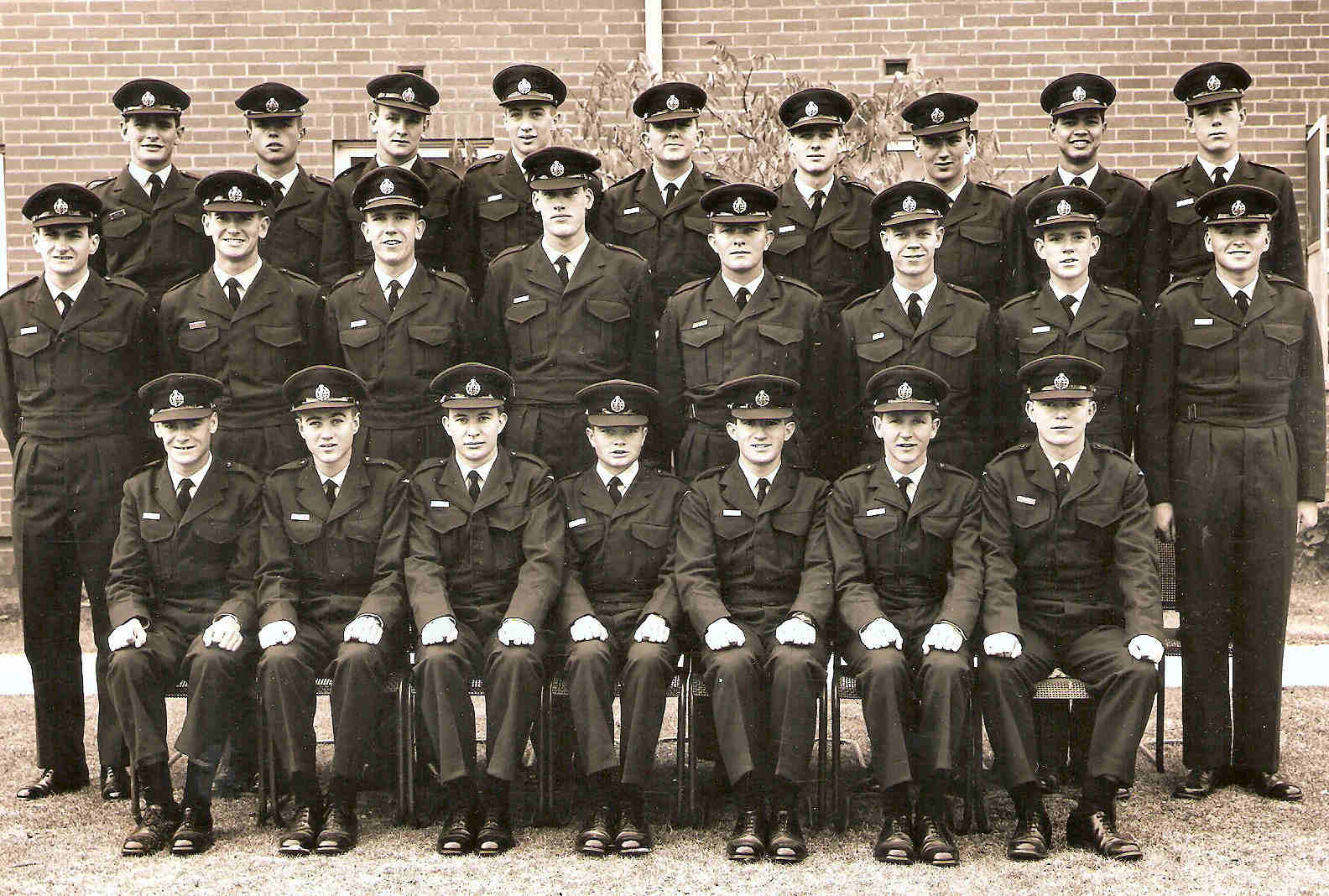|
Radschool Association Magazine - Vol 32 Page 5 |
|
|
Privacy Policy | Editorial Policy | Join the Association | List of Members | Contact us | Index | Links | Print this page |
|
|
|
|
|
Survey
Last issue we asked which TV channel news you watched. We had 160 people respond and this is the result.
This is which channel you watched……Channel 10 got a flogging, interesting!!!!!
|
|
|
|
|
|
And this is the reason you watched the channel you did…
|
|
|
|
|
|
|
|
|
|
|
|
|
|
|
The “reason why” results are interesting, most people watch Channel 2 news because of the content.
If you’ve got a topic you’d like ‘surveyed’ let us know and we’ll give it a run.
|
|
|
Catch Up.
Two blokes who hadn’t seen each other since 1969 finally caught up again in June 2010, just north of Queensland’s Sunshine Coast.
John Broughton (left) and Les Holman (right) were both based at Richmond back in the late 1960’s.
John was 2AD radio and Les was with 38Sqn Instruments.
Les took his discharge in 1970, joined DCA as a Flight Service Officer and ended up at the Jewel in the Pacific, Madang FSU (below) in PNG where, in 1973, he had the unenviable task of training yours truly in what was at the time, with the gamin famine at Mendi in full swing, possibly the busiest HF air/ground station in the Southern Hemisphere and where it wasn't uncommon to have a board and a half of active aircraft – but that’s another story.
Some time back, Les and wife Tori, with the kids all grown up, sold
their house in Brisbane and moved a bit north to
Cooroy, a lovely quiet little town, inland from Noosa.
Cooroy, these days, is by-passed from the busy Bruce Highway, and the main street is a lot quieter than it used to be which is just how Les and Tori like it.
Les says he’d like everyone to know he’s standing on the downhill side of John Broughton in the pic above.
|
|
|
618T overview.
John Mackesy VK3XAO (ex-RCAF)
Although the Caribou no longer
grumbles through our skies, its avionics live on for a couple of
ex-service collectors/amateur radio operators. We have a Collins
AN/ARC-73 VHF nav/com box (operational), a Collins
One of our mob is an ex-RAAF Radschool graduate and (Viet Nam-era) Caribou man, the other an ex-RCAF/CAF. I operate out of Mt Evelyn, Vic. Ian Johnston (right) in Park Orchards, Vic and John McLaren (both RADS graduates) are my fellow travellers.
I first encountered the 618T
in the mid-60s, when the aircraft I was associated with were
retrofitted with 618T, replacing 618S - I have one of those
operational, too. We had a fair bit of trouble with the 618T
installation, the major task was designing the wiring harness;
actually building it was much quicker. As the wiring harness comes
with the airframe it's not something most of us got involved with.
Apart from the remote control to 618T wiring, there's also the
180L-3A antenna coupler and a small junction box that all have to be
wired in to make the thing work. The 618T worked the first time I
powered it up, but on the second go the AC line filter capacitor
went short circuit and took out the AC line fuse. Easy fix.
As you would know, one of the
major items of comm’s equipment on the Caribou was the Collins 618T
HF Transceiver. This covered 2-29.99 MHz in 1 kHz steps in SSB, AM
and CW modes, with an output power of 400W PEP. The Caribou version
(618T-3) was fitted with a small solid-state inverter, type 488A-2
to provid
Although the 618T installation is straightforward – just slide the box out of its rack, slide another one in – building a 618T system from scratch for a ground installation was a major challenge, a saga that went over about 4 years, chasing parts, connectors, tech manuals and building an extensive wiring harness. This particular system is mounted on a slide-out 19” rack-mounted shelf and is controlled by a Collins 714E-3 control box mounted in a Collins Remote Control panel. Apart from the control panel, the installation is the same as a typical aircraft system - no mods.
The 618T is a highly
complex piece of equipment, most beautifully constructed, yet is
still maintainable by the ordinary mortal/Radschool graduate. Best
of all, a 618T is reliable and built from (mostly) standard
off-the-shelf components. There are, for example 14 valves, over a
hundred transistors, 5 servomotors and 33 relays all distributed
through 12 plug-in modules and a backbone chassis. There’s also a
high-speed, high-pressure
Getting the 618T operational was a process only slightly complicated by the 618T’s 28V DC (easy!) and 115V 400 Hz AC (not so easy) power requirement. In this situation DC is provided by a 240V 50 Hz AC to 27.5 transformer-rectifier supply, while 115V 400 Hz is generated by a rotary inverter
Getting a 618T operational is one thing, keeping it operational quite another. 618T’s are generally very reliable, but almost impossible to repair unless you have the right test gear. This test gear consists of Test Set 678Y-1 (module extenders), Test Harness 678P-1 (right) and Test Set 678Z-1. These were all acquired in ‘as new’ condition at RAAF disposals auctions.
Although I enjoy my association with the 618T, it does have its downsides. The worst is probably the howling cooling blower, closely followed by the fact that it tunes in 1 kHz steps and typically takes about 8 seconds to change frequency. Then there’s the power consumption - something over 250W on receive and about a kilowatt in transmit mode.
The origins of my 618T (model 618T-2 RAAF, s/n 0000 0019) are somewhat obscure, but it may have been installed in a RAAF Neptune, Hercules or Canberra aircraft, probably during the late 60s or early 70s.
The (ground) Remote Control panel includes a 714E-3 control box, an audio amplifier, speaker, power control and VOX/phone patch facilities. My example was manufactured by Collins Radio Australasia and is s/n 012. Although the rear connector on the panel is the same as the 714E-3, the pinouts are different…
The 180L-3 antenna
coupler was always a problem, and when changing frequencies, every
Caribou loady knew how to watch the SWR meter on the front of the HF
set and switch the set off and on again when the metre dipped which
would allow the
|
|
|
|
|
|
Music from the 60’s/70/s
Laurie Lindsay is getting on in years and now just loves a night where he can put on the warm cosy slippers, the faithful old grey cardigan, drag out the cardboard box of paper rolls, then sit at and peddle the old pianola for hours. He says it's especially good when the local church choir comes around, the ladies come dressed in their best twin sets and bring a plate, the men bring along a big bottle of Abbots Lager and together they have a good old fashioned sing song.
Laurie says he also remembers and is very fond of the music from the 78 RPM era.
He’s found a web site that contains all the popular music that was played during the Vietnam War years. All you have to do is turn up your volume, click on a song and enjoy.
Laurie reckons this music makes him feel all nostalgical and he gets the shivers and goes all goose bumpily….
You can find the site HERE.
You might need RealPlayer to hear the music, if you don't have it you can download it free from HERE.
|
|
|
Catch up..
James “Scotty” Potter sent us this, it is a photo that he took recently after meeting up with a few mates.
|
|
|
|
|
|
|
|
|
L-R: Paul Cavanagh (Rad Tech) sitting, Alex Pilarski (Inst Fit) sitting, Scotty Potter, Dave Bell (Rad Tech) sitting, Kaz Kapusta (Rad Tech) laying down.
|
|
|
The photos below were all taken a while back, at the house (Ta Chong Bungs - excuse the spelling) and up at the waterfall. Halcyon days.
|
|
|
|
|
|
It's interesting to note that the cane lounge the blokes are on is the same lounge that was provided for the DCA single men's quarters in PNG - the Australian Government must have bought heaps of them.
We know because we've still got one, thanks Snorter........ |
|
|
|
|
|
|
|
|
|
|
|
|
|
|
|
|
|
|
|
|
Men never grow up; they just learn how to act grown up in public.
|
|
|
|
|
|
Frognall.
We have some photos from Frognall, taken many years ago. Perhaps someone can tell us when??
|
|
|
Sign at the entrance. |
|
|
|
|
|
The main gate, with the Head Quarters building in the back ground. |
|
|
|
|
|
Heaven is
Where:
|
|
|
|
|
|
|
|
|
|
|
|
The Sgts mess, (at the rear) with living quarters in the foreground.
|
|
|
|
|
|
|
|
|
The WRAAF’s living quarters, the infamous Igloo, being removed, prior to the property being sold |
|
|
|
|
|
Frognall Comcentre Admin Staff.
Back Row: L-R: Tiggy Tighe, John Tompson, Alky Langham
Front Row: L-R: Bumper Farrel, Sally Maloney, Gayle Buchanan, Ken Kitson |
|
|
|
|
|
And here’s one the girls probably wish we didn’t have,
Alison Chandler and Anne Gledhill at the WRAAF'ery in Frognall about 1970. |
|
|
|
|
|
|
|
|
|
|
|
Frognall, 54 Mont Albert Road, Canterbury, Vic, As it is today. |
|
|
|
|
|
What did
the blonde say when she found out she was pregnant? |
|
|
|
|
|
History.
Frognall was constructed in 1888-9 for the timber
merchant Clarence Hicks who had gained wealth from th
It was then purchased by the wool manufacturer Burdett Lancock in 1901, and occupied by the family until offered to the Crown for wartime purposes in 1941. At that time it was being leased to Australian Estates Company Ltd. as emergency accommodation for their city business.
The Secretary of Australian Estates Co., a Mr W.L. Taylor, was also Adjutant of No.3 Squadron which was using one room in the building for accommodation.
The property was eventually purchased by the Commonwealth Government on 29 September 1943 and was then occupied by the RAAF¹s Melbourne Wireless Telecommunications Station until 1975, and continued to be used by the RAAF until 1984 when it was purchased by the City of Camberwell, who subsequently sold the building for use as a private residence.
Frognall was designed by James Gall as a two-storeyed, towered, Italianate house and includes interior encaustic tiling, ornate moulded decorations and marble fireplaces.
This magnificent building is historically important because of its association with Melbourne¹s late nineteenth century boom period and illustrates the lifestyle and status to which wealthy Melbournians aspired in both the late nineteenth century and first half of the twentieth century.
|
|
|
|
|
|
The Ettamogah Club.
|
|
|
|
|
|
|
|
|
The troops at a Vung Tau, Ettamogah Club, movie night, back in 1969. Some familiar faces in the crowd are:
Allan George (I think), George Borbas, Don Payne, Eddie Morris, Jock Young, Wally Salzmann and Bob “Camel” Humphries. Who can name more??
|
|
|
1 RMT.
Adrian Heinrich was cleaning out recently and came across the photo below which is of 1RMT and which was taken at Radschool, Laverton, in May 1966.
Adrian, who is in the middle row, 5th from the left, is not sure of the names of the blokes – can anyone help????
Click the photo for a clearer pic. |
|
|
|
|
|
When you work here, |
|
|
|
|
Back Go to page: 1 2 3 4 5 6 7 8 9 10 11 12 13 14 15 16 17 18 19 20 Forward
|
|
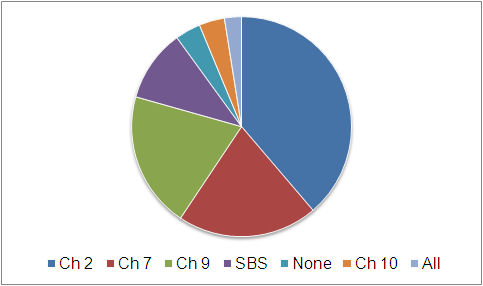
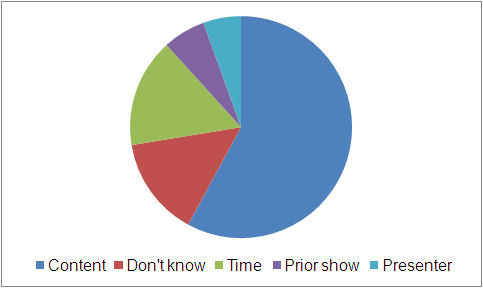
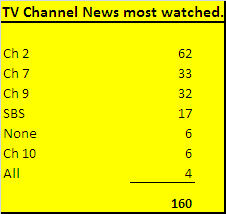
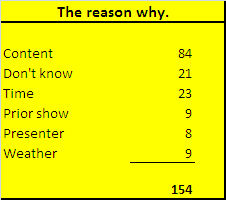
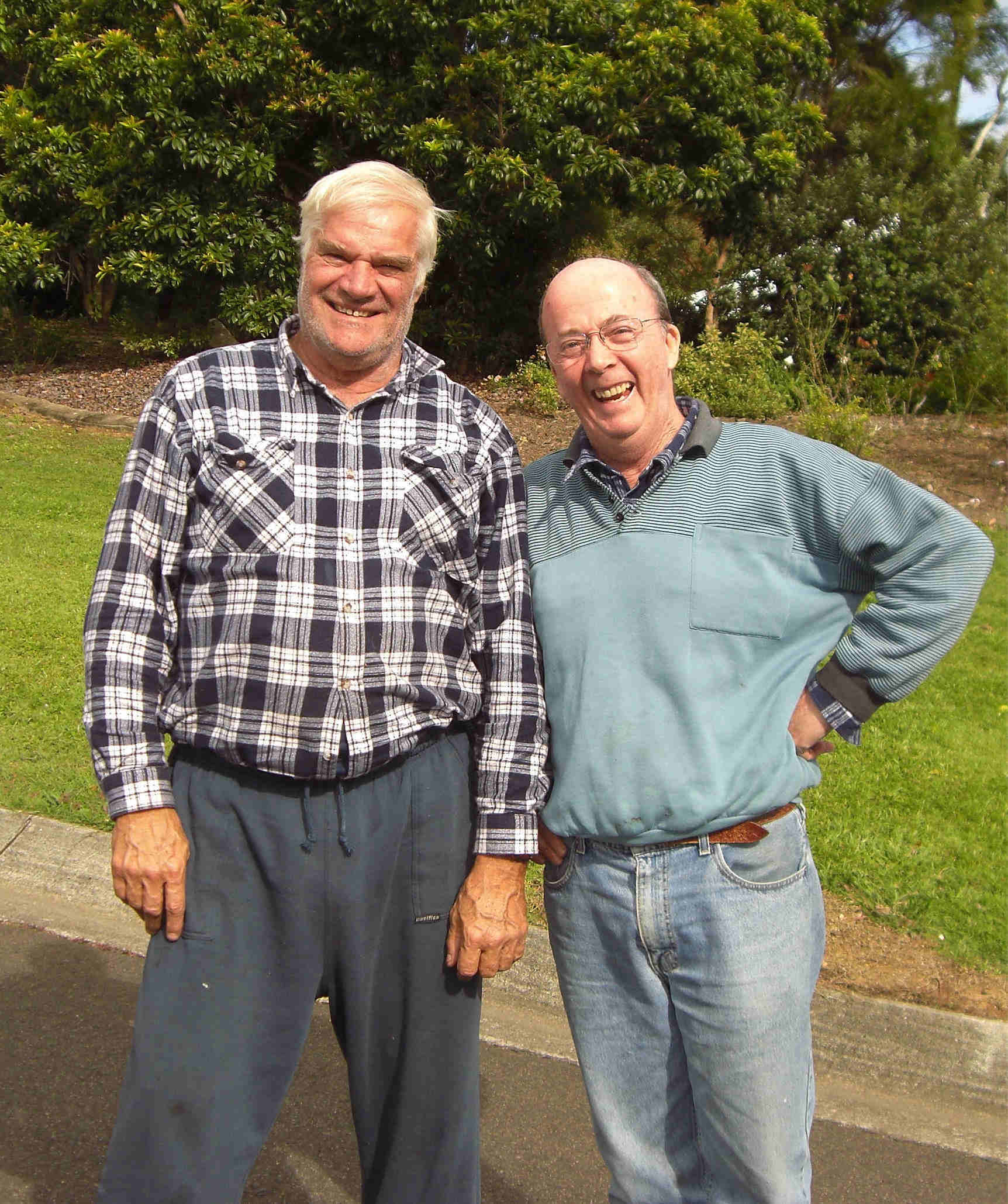
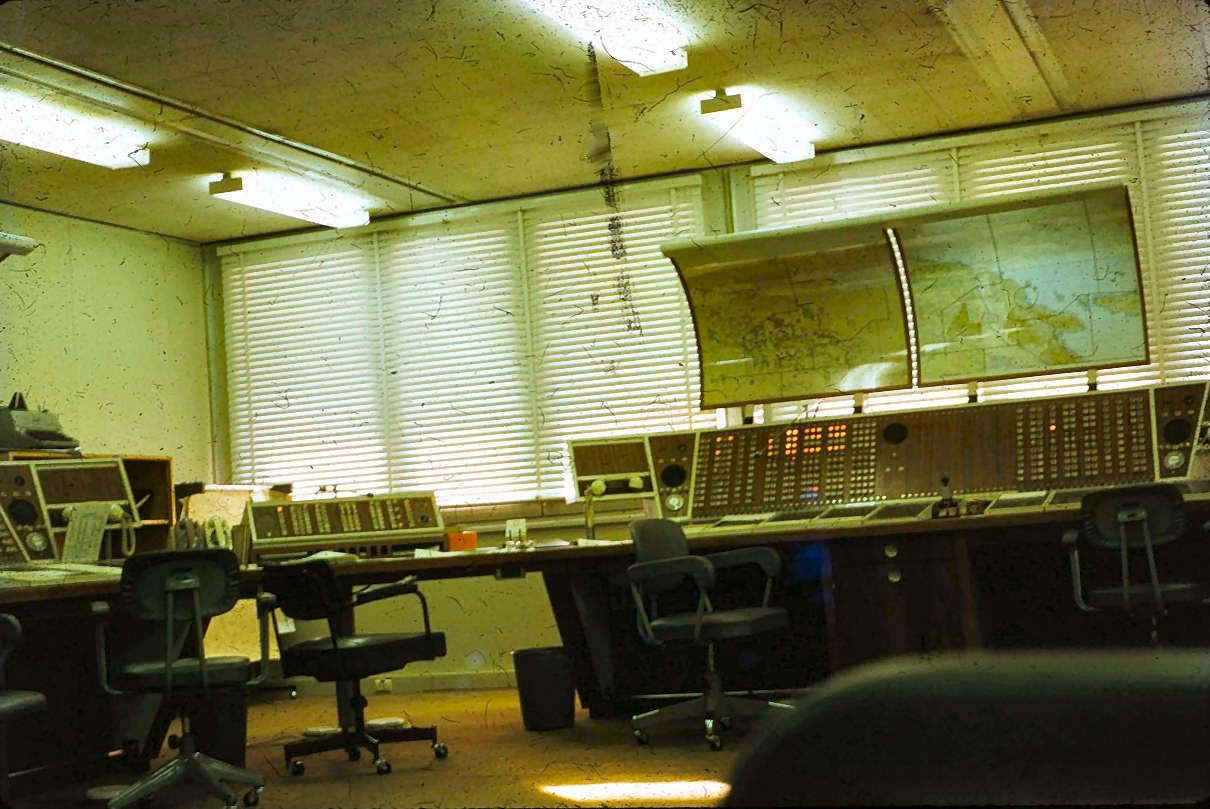
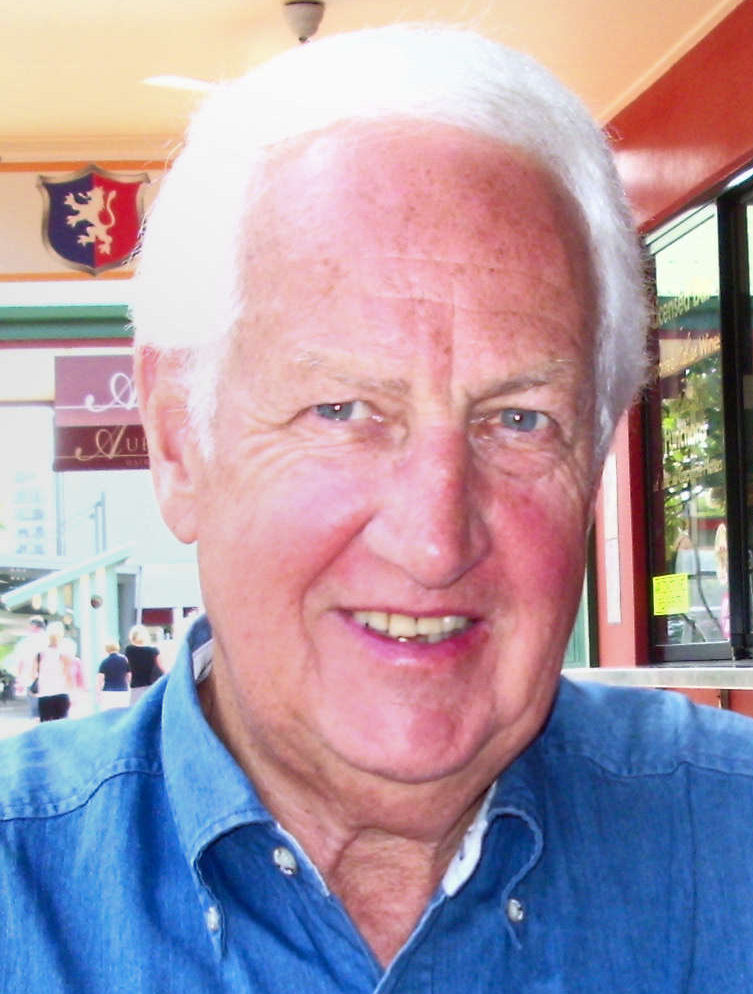 618T
(operational), an ARC AN/ARN59 and an AN/ARC-51BX (work in
progress). There's also ex-Herc and
Neptune equipment, all operational.
618T
(operational), an ARC AN/ARN59 and an AN/ARC-51BX (work in
progress). There's also ex-Herc and
Neptune equipment, all operational. .jpg) There
have been a few other minor hassles over the years, but having a
decent supply of spare parts and the repair manuals as well as all
the test gear enables me to keep it going.
There
have been a few other minor hassles over the years, but having a
decent supply of spare parts and the repair manuals as well as all
the test gear enables me to keep it going. 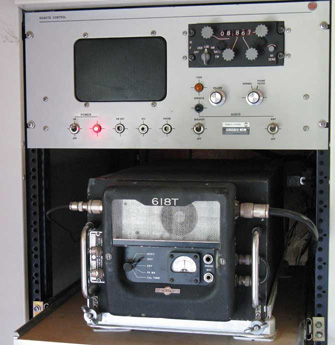
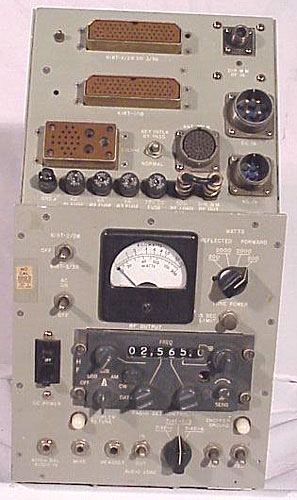 cooling blower. Although not particularly
obtrusive in the aircraft environment this blower is very annoying
in a ‘close up and personal’ ground situation. Headset is a must!
cooling blower. Although not particularly
obtrusive in the aircraft environment this blower is very annoying
in a ‘close up and personal’ ground situation. Headset is a must!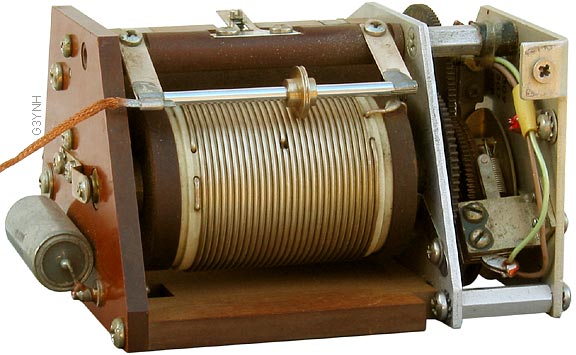
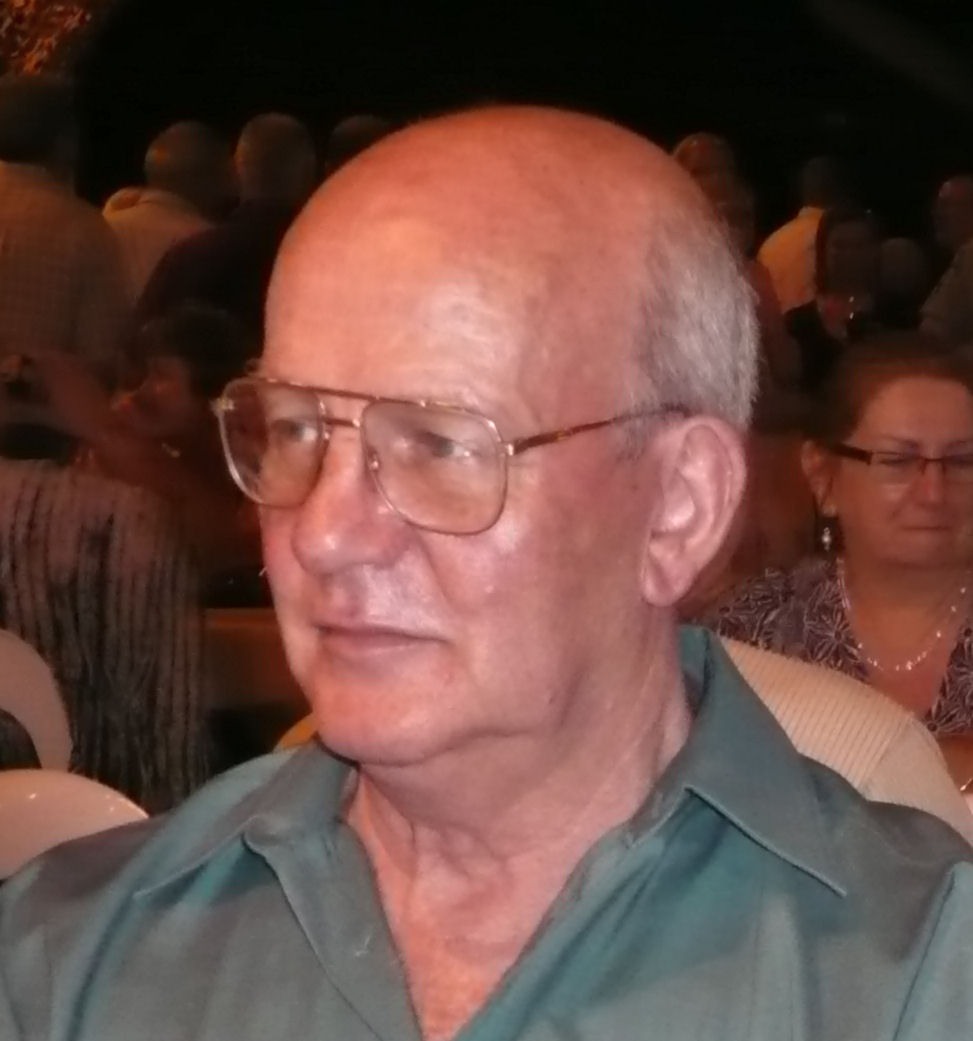
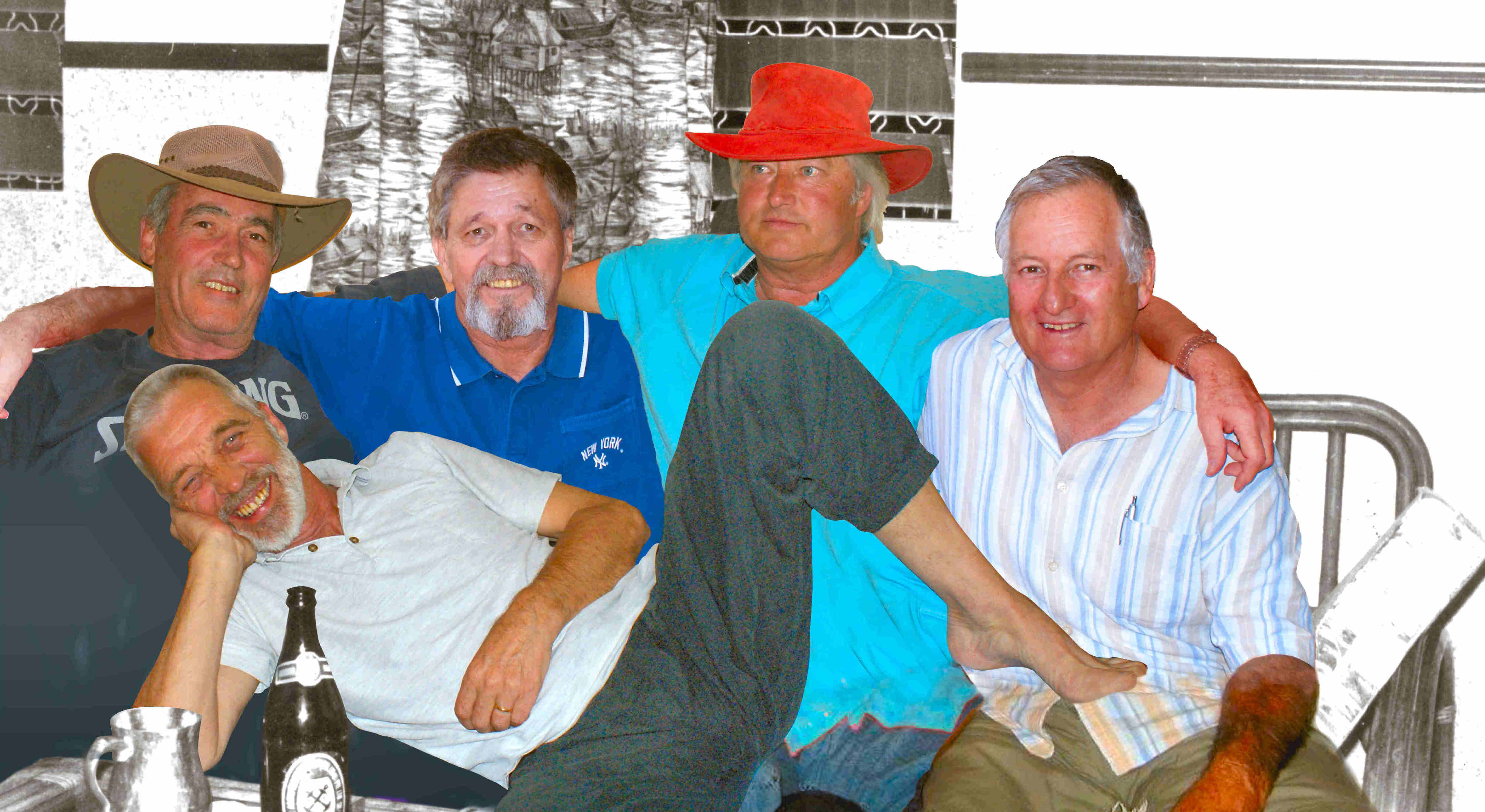





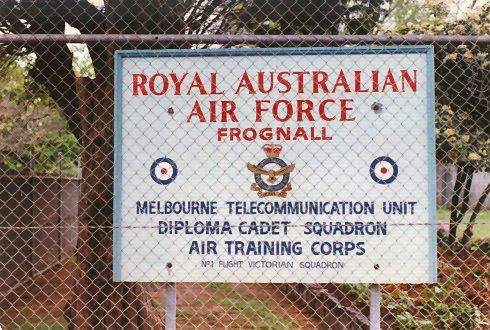
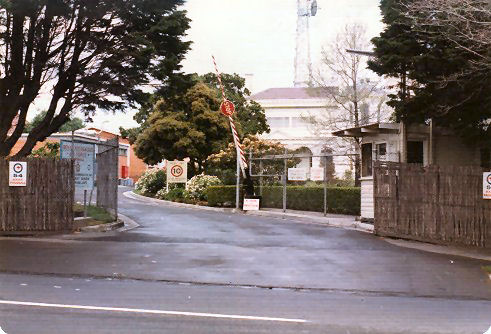
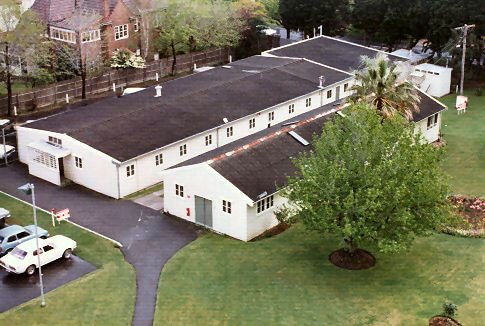
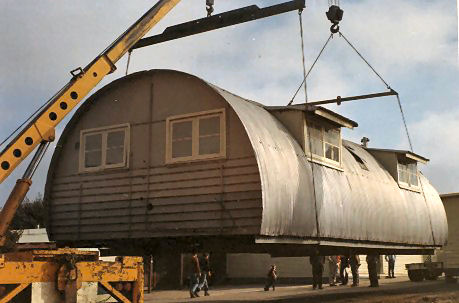
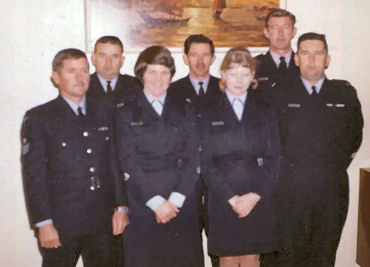
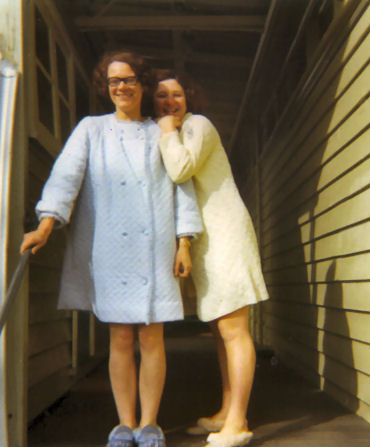
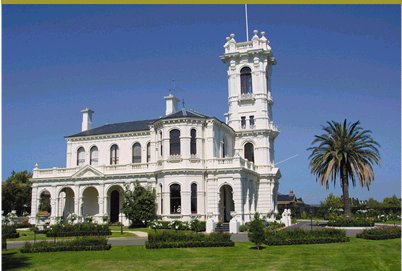
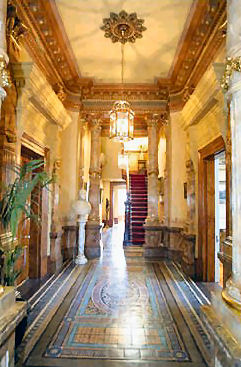 e
building boom. The property sat on 7 acres of land. After the bank
collapse and depression of the early 1890s, Frognall was owned by
the National Bank of Australasia and occupied by a school.
e
building boom. The property sat on 7 acres of land. After the bank
collapse and depression of the early 1890s, Frognall was owned by
the National Bank of Australasia and occupied by a school.
